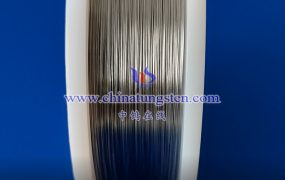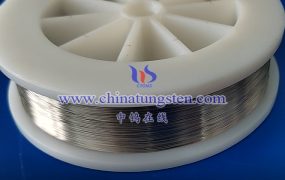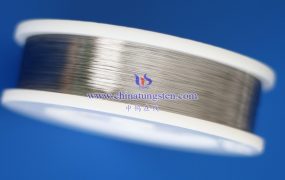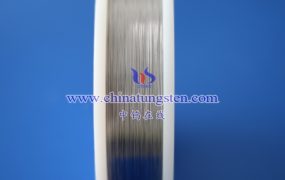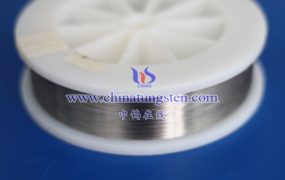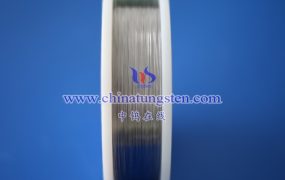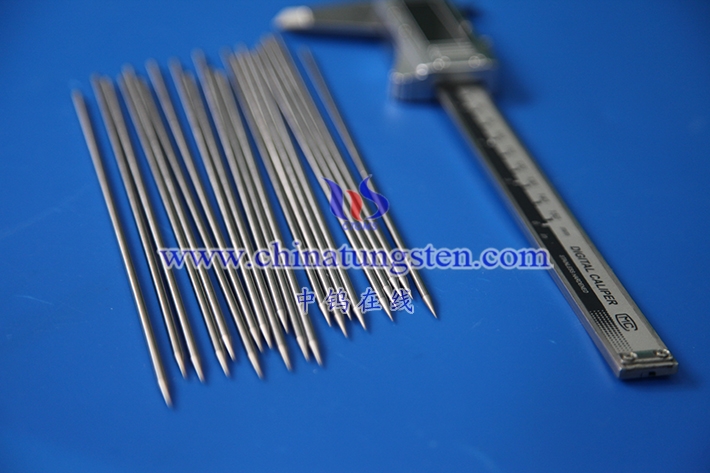
The tip geometry of tungsten needles can have a significant effect on their ability to penetrate different materials. For example, a sharp conical tip is typically more effective at piercing and penetrating soft materials like skin, while a flat or blunt tip is more suited for hard materials like ceramics or metals.
In addition, the angle of the tip can also affect its penetration ability. For instance, a needle with a smaller angle (i.e., sharper tip) can penetrate more easily than one with a larger angle (i.e., blunter tip) because the force is concentrated on a smaller area.
The shape of the needle can also affect its ability to penetrate different materials. For example, a needle with a chisel tip may be more effective at piercing materials like wood or plastic, while a needle with a triangular tip may be better suited for materials like leather or cloth.
Overall, the selection of the appropriate tip geometry for a tungsten needle will depend on the specific application and the type of material being penetrated.
